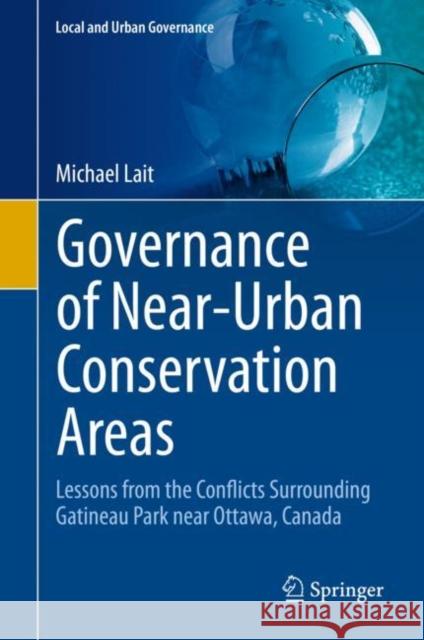Governance of Near-Urban Conservation Areas: Lessons from the Conflicts Surrounding Gatineau Park Near Ottawa, Canada » książka
topmenu
Governance of Near-Urban Conservation Areas: Lessons from the Conflicts Surrounding Gatineau Park Near Ottawa, Canada
ISBN-13: 9783030644390 / Angielski / Twarda / 2021 / 291 str.
Governance of Near-Urban Conservation Areas: Lessons from the Conflicts Surrounding Gatineau Park Near Ottawa, Canada
ISBN-13: 9783030644390 / Angielski / Twarda / 2021 / 291 str.
cena 605,23
(netto: 576,41 VAT: 5%)
Najniższa cena z 30 dni: 578,30
(netto: 576,41 VAT: 5%)
Najniższa cena z 30 dni: 578,30
Termin realizacji zamówienia:
ok. 22 dni roboczych.
ok. 22 dni roboczych.
Darmowa dostawa!
Kategorie BISAC:
Wydawca:
Springer
Seria wydawnicza:
Język:
Angielski
ISBN-13:
9783030644390
Rok wydania:
2021
Wydanie:
2021
Numer serii:
001093140
Ilość stron:
291
Waga:
0.63 kg
Wymiary:
23.88 x 19.56 x 2.03
Oprawa:
Twarda
Wolumenów:
01











